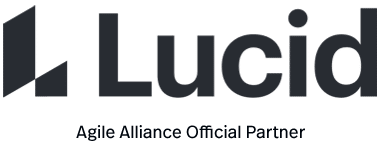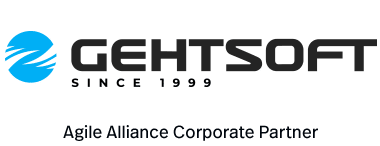Nearly all Agile teams favor an incremental development strategy; in an Agile context, this means that each successive version of the product is usable, and each builds upon the previous version by adding user-visible functionality. These are called “vertical” increments (that is, the difference between successive product versions), as opposed to the opposite strategy which successively delivers complete technical components: for instance, creating a database schema, then building business rules on top of that, and only then implementing a UI. (This article offers a typical illustration of the distinction. It echoes the “layered cake” metaphor of software architecture: one can either cut along the horizontal layers, or vertically across them.) It is difficult to imagine an incremental approach in the Agile sense which is not also iterative, at least to some extent, but the two concepts are not identical. (They also prove surprisingly difficult to pin down, and are often the subject of heated semantic debates.)
Origins
- 1980: substantial discussion of incremental development in IBM’s Federal Systems Division can be found in a volume edited by Harlan Mills, “Principles of software engineering“, specifically an article by Dyer, which recommends organizing “each increment to maximize the separation of its function(s) from function(s) in other increments”; however, the idea is still very much that of a scheduled, phased approach rather than one responsive to change
- 1984: while criticisms of the “waterfall” sequential approach have started much earlier, formulations of alternative incremental approaches are becoming more pointed; a good example is an early paper on “Knowledge-based communication processes in software engineering” advocating incremental development for the specific reason that “complete and stable specifications are not available”.
- 1985: perhaps the first explicitly named, incremental alternative to the “waterfall” approach is Tom Gilb’s Evolutionary Delivery Model, nicknamed “Evo”
- 1999: in an article for the C++ Report, Robert C. Martin gives what is perhaps the earliest description of the Agile sense of the terms “iterative” and “incremental”




